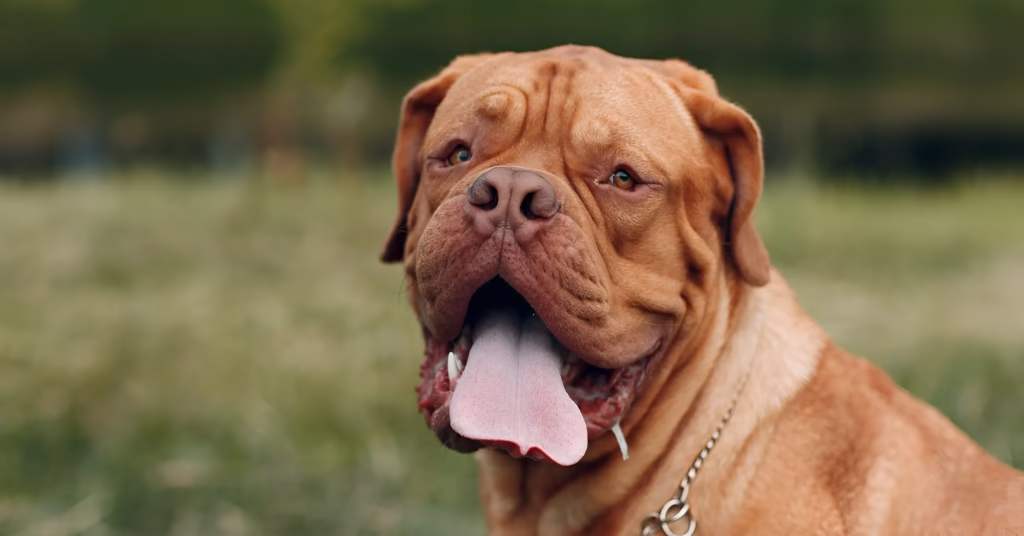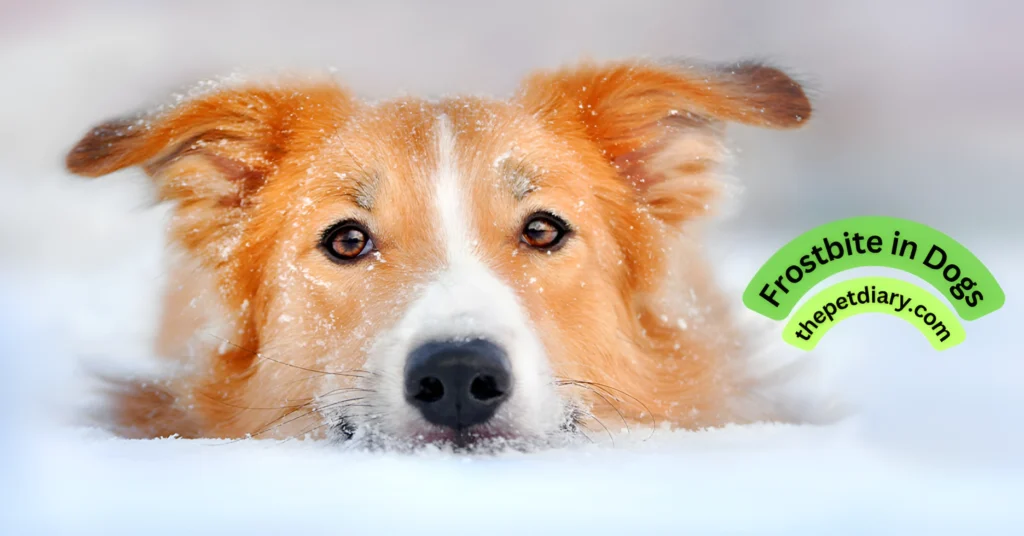Introduction to the Mastiff Dog Guide
A Brief History of the Mastiff Family
The mastiff is one of the world’s oldest and most recognizable giant dog breeds. Historical records trace mastiffs back thousands of years to ancient Mesopotamia and Egypt, where they served as loyal guardians of property and livestock. Roman armies valued their immense strength, while medieval nobles relied on them to protect estates. Today, the Mastiff Dog Guide still embodies courage, calmness, and unmatched devotion to family.
What Makes the Mastiff a Gentle Giant
Despite their imposing size, mastiffs are famously affectionate and patient with children. They form strong bonds with their households and act as natural protectors without excessive aggression. Their calm demeanor makes them excellent companions for families who have adequate space and time to meet their needs. Anyone considering a mastiff puppy should understand that these dogs thrive on companionship and consistent training.
Overview of Popular Mastiff Breeds
The mastiff family includes a variety of impressive breeds, each with unique characteristics. Below are the most notable members of this majestic group.
English Mastiff Characteristics:
The English mastiff is the heaviest of the mastiff breeds, often weighing more than 200 lbs (90 kg). Known for a massive head and short coat, this breed is both dignified and affectionate. Despite its size, the brindle English mastiff puppies you see today usually grow into calm adults that enjoy quiet evenings with their families.
French Mastiff (Dogue de Bordeaux):
The French Mastiff, or Dogue de Bordeaux, stands out with its striking reddish coat and muscular build. This breed has a courageous yet gentle nature, making it a devoted family protector. Proper socialization ensures these powerful dogs remain even-tempered companions.
Tibetan Mastiff Puppy & Adult Traits:
A Tibetan mastiff puppy is a fluffy ball of energy that matures into a regal guardian. Originating from the Himalayas, this breed was historically used to protect monasteries and herds. Keep in mind that the Tibetan mastiff cost can be high due to its rarity and demand. Their thick double coat requires regular grooming, and they thrive best in cooler climates.
Other Unique Types
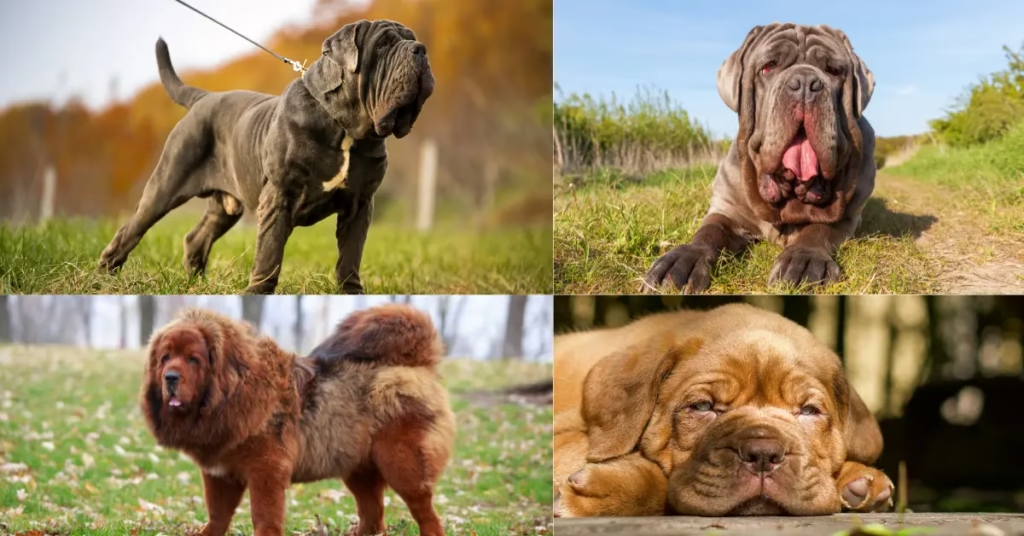
Neo Mastiff:
The Neapolitan or Neomastiff has loose, wrinkled skin and a powerful frame. Originally bred in Italy for estate guarding, this dog is loyal and watchful.
Korean Mastiff:
Known for its deep wrinkles and calm personality, the Korean Mastiff is affectionate yet alert. It enjoys family life but requires consistent training to manage its protective instincts.
Australian Mastiff:
The Australian mastiff is less common but prized for its adaptability and friendly, balanced temperament. It’s well-suited for families who appreciate a large but gentle companion.
Abruzzese Mastiff:
The abruzzese mastiff, sometimes used as a livestock guardian in Italy, is renowned for its endurance and independent spirit. Early socialization is key for these natural protectors.
Canary Island Mastiff Breeder’s Insights
The Canarian mastiff breeders (Presa Canario) produce dogs with exceptional guarding instincts and athleticism. When considering a Presa Canario, choose responsible breeders who emphasize temperament and health over sheer size.
Mastiff Mixes and Crossbreeds
Large-breed enthusiasts sometimes look for hybrids that combine the gentle temperament of the mastiff with traits of other dogs. These mixes can inherit the best qualities of each parent, but they also require owners ready for the size and energy that come with them.
Great Dane Mastiff Mix: Size & Temperament:
The great dane mastiff mix, also known as the Daniff, is a true giant, often standing 30 inches or taller and weighing well over 150 pounds. Despite the size, these dogs are surprisingly affectionate and adaptable. They inherit the Great Dane’s elegance and the Mastiff’s loyalty, making them ideal for experienced owners who have ample living space and time for exercise.
Pitbull Mastiff Hybrid Overview:
The pitbull mastiff is a powerful yet affectionate blend of the American Pitbull Terrier and Mastiff. Known for strong protective instincts, this hybrid thrives with early socialization and consistent training. Families seeking a devoted guard dog will appreciate its courage, but prospective owners must be prepared to provide firm leadership and plenty of mental stimulation.
Hound Mastiff Traits:
A hound mastiff mix can vary widely depending on the hound lineage, be it Bloodhound, Coonhound, or another breed. These mixes usually have an impressive sense of smell and enjoy active lifestyles. Daily exercise and scent-based games can help satisfy their tracking instincts while maintaining the Mastiff’s calm demeanor at home.
Finding the Right Mastiff Puppy
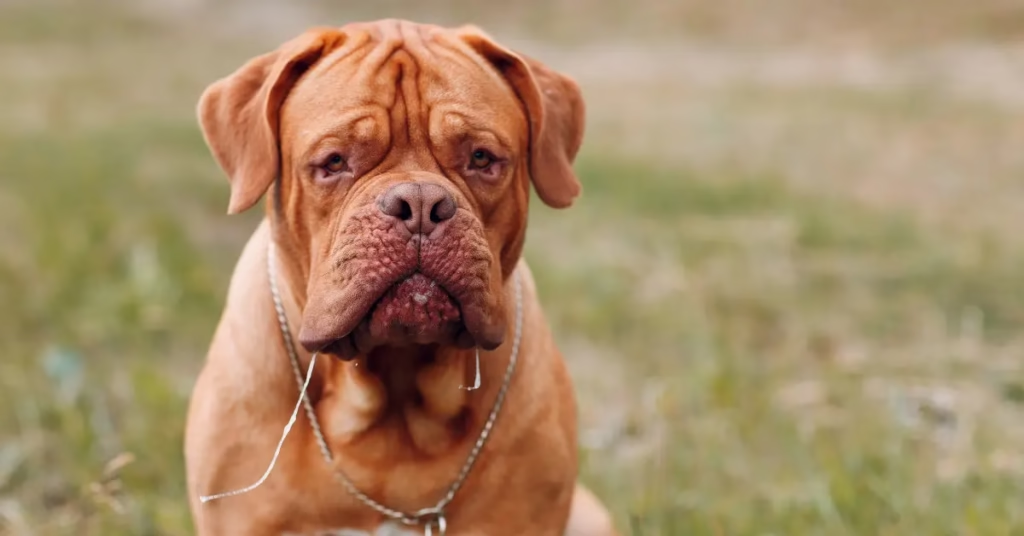
Bringing a mastiff puppy into your life is a long-term commitment. These dogs grow rapidly and need careful selection from reputable breeders to ensure health and temperament.
Bull Mastiff Puppy Buying Tips:
The bull mastiff puppy is a popular choice for families seeking a natural guard dog with a gentle heart. When selecting a breeder, look for health certifications for hips and elbows to reduce the risk of joint issues. Early obedience training will help your puppy grow into a well-mannered adult.
Brindle English Mastiff Puppies:
A coat pattern loved by many, brindle English mastiff puppies stand out with their tiger-stripe markings. This is purely a color variation, so care requirements remain the same as any English Mastiff: balanced nutrition, regular vet visits, and plenty of love.
Tibetan Mastiff Puppy for Sale Considerations:
When searching for a Tibetan mastiff puppy for sale, always verify breeder credentials and request health records. Because the Tibetan mastiff’s cost can be high, some unethical sellers may cut corners. A reputable breeder will welcome questions and offer transparency about lineage and health screenings.
Mastiff Puppies for Sale Near Me – How to Choose a Reputable Breeder
Typing mastiff puppies for sale near me into a search engine is only the first step. Visit breeders in person, inspect living conditions, and ask for references. A responsible breeder will prioritize the puppy’s well-being over a quick sale and provide documentation of vaccinations and genetic testing.
Price Insights/ Mastiff Dog Guide:
Mastiff prices vary widely by breed and location. For instance, the Tibetan mastiff cost can exceed several thousand dollars, while an English mastiff or bull mastiff puppy often costs a bit less but still requires a significant investment in food, vet care, and training throughout its life.
Lifespan & Health of Mastiffs
The mastiff dog family is generally healthy when bred responsibly, but their giant size makes understanding lifespan and preventative care essential.
Average Lifespan of Major Breeds:
Most mastiffs live 8–12 years, but this varies by breed and individual health. Genetics, diet, and exercise play major roles in overall longevity.
Cane Corso Mastiff Life Expectancy & Lifespan of a Cane Corso Mastiff
The cane corso mastiff’s life expectancy typically ranges from 9 to 12 years. Maintaining a balanced diet and providing regular vet checkups can help extend the lifespan of a cane corso mastiff toward the higher end of this range.
Common Health Concerns:
Like many large breeds, mastiffs may face issues such as hip dysplasia, bloat, and heart conditions. Early screening, responsible breeding, and an appropriate feeding schedule reduce these risks. Keep a close eye on weight, as obesity can stress joints and shorten lifespan.
Preventive Care & Regular Vet Visits:
Routine veterinary exams, vaccinations, and dental care are crucial. Owners should also watch for subtle changes in appetite or behavior, which can signal underlying issues.
Table 1: Average Lifespan and Size of Popular Mastiff Breeds
| Mastiff Breed | Average Lifespan (Years) | Average Weight (lbs) |
|---|---|---|
| English Mastiff | 8–10 | 150–230 |
| French Mastiff | 8–12 | 110–150 |
| Tibetan Mastiff | 10–14 | 70–160 |
| Cane Corso Mastiff | 9–12 | 90–120 |
| Neo Mastiff | 8–10 | 110–150 |
| Great Dane Mastiff Mix | 8–10 | 130–200 |
| Bull Mastiff Puppy (Adult) | 8–10 | 100–130 |
Feeding & Nutrition/ Mastiff Dog Guide:
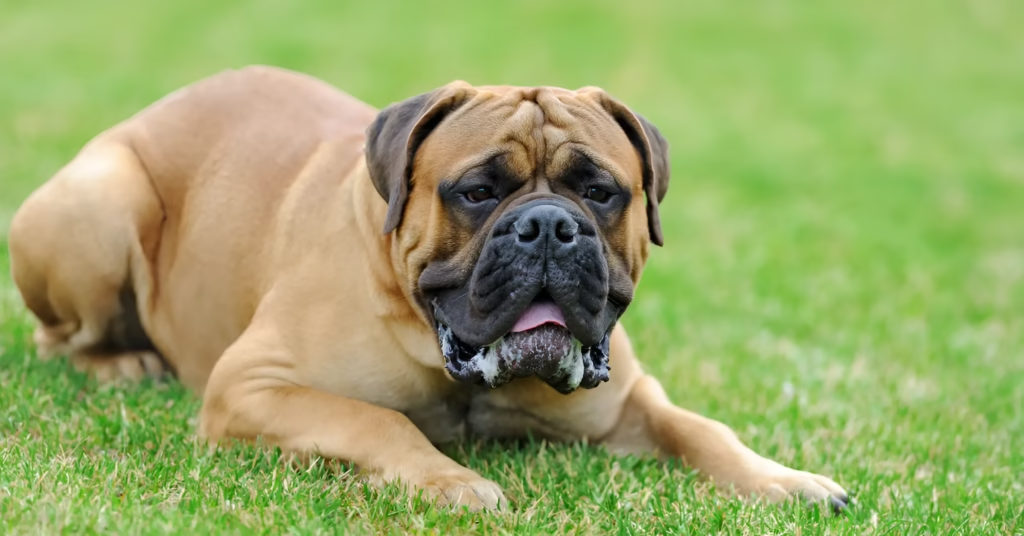
A thoughtful feeding routine is vital for your mastiff’s health, from mastiff puppies to adults.
Best Food for English Mastiff:
Choose high-quality, large breed formulas with balanced protein and moderate fat. The best food for English Mastiffs includes ingredients like lean meat, brown rice, and vegetables. Avoid fillers such as corn or soy that may lead to digestive issues.
Daily Feeding Guidelines by Age & Weight:
Puppies require more frequent meals to support growth, while adults thrive on two well-portioned meals per day. Always provide fresh water and adjust portions to prevent obesity.
Supplements and Special Diet Considerations:
Joint-support supplements with glucosamine and omega-3 fatty acids can help maintain mobility. Discuss vitamins and any specialized diets with your veterinarian before making changes.
Sample Feeding Schedule for Adult Mastiffs
| Weight Range (lbs) | Daily Food Amount (cups) | Meals per Day |
|---|---|---|
| 100–120 | 4–5 | 2 |
| 121–150 | 5–6 | 2 |
| 151–180 | 6–7 | 2 |
| 181+ | 7–8 | 2 |
These guidelines are averages; individual needs vary with activity level and metabolism.
Training & Socialization/ Mastiff Dog Guide:
Early and consistent training is essential for every mastiff dog. Their massive size means even small behavior issues can become serious if not addressed.
Mastiffs as Natural Guardians:
The mastiff dog has a long history as a devoted protector, making it an excellent choice for families who value security. With their imposing size and calm confidence, mastiffs are natural deterrents to intruders without needing to be aggressive. Their strong protective instincts mean they quickly form deep bonds with their owners and will instinctively guard loved ones and property. Breeds like the English mastiff, Bull mastiff, and Cane Corso mastiff are especially known for their loyalty and courage. When properly socialized and trained, a mastiff remains gentle with family members while staying alert to potential threats. This balance of affectionate companionship and steadfast watchfulness makes the mastiff one of the best large breeds for home safety.
Early Puppy Training Basics:
Begin training your mastiff puppy as soon as you bring it home. Focus on simple commands sit, stay, and come. Reward positive behavior with treats and praise. Short, frequent sessions keep a puppy’s attention while preventing boredom.
Socializing Large Breed Dogs:
Socialization helps a mastiff grow into a calm and confident adult. Introduce your puppy to a variety of people, sounds, and environments. Positive early experiences reduce anxiety and aggressive tendencies later in life.
Handling Stubborn Behaviors:
The mastiff can be independent, so patience is key. Use firm but gentle guidance and avoid harsh corrections. Consistency builds trust and ensures your dog understands household rules.
Exercise & Living Space:
Although known as gentle giants, mastiffs need regular activity to stay healthy and happy.
Ideal Home Environment for Mastiffs:
While an English mastiff or bull mastiff puppy can adapt to indoor living, these dogs thrive when they have room to stretch and move comfortably.
How Much Daily Exercise Do They Need:
Aim for at least 30 to 45 minutes of moderate exercise per day, such as brisk walks or light play. Over-exercising young puppies may stress their growing joints, so keep activities age-appropriate.
Tips for Apartment Living with Large Dogs:
If you live in an apartment, daily walks and frequent outdoor breaks are crucial. Provide puzzle toys and mental enrichment to keep your mastiff engaged when space is limited.
Grooming & Maintenance/ Mastiff Dog Guide
Regular grooming keeps your mastiff comfortable and healthy while strengthening your bond.
Brushing & Bathing:
Short coats like those of the English mastiff need weekly brushing to remove loose hair and distribute natural oils. Bathe your dog every 6 to 8 weeks or as needed.
Nail, Ear, and Dental Care
Trim nails every 3 to 4 weeks to prevent discomfort and splitting. Clean ears weekly to avoid infections, and brush teeth several times a week with canine-safe toothpaste to maintain oral health.
Adoption & Rescue Options
Adopting a mastiff can be a rewarding way to give a loving giant a second chance at life. Rescue organizations carefully evaluate dogs for temperament and health, helping you find a companion that fits your family.
Cane Corso Mastiff Rescue Florida:
For those in the southeastern U.S., cane corso mastiff rescue programs specialize in rehoming this powerful yet affectionate breed. These groups provide veterinary care, spay/neuter services, and behavioral assessments before adoption.
Other Mastiff Rescue Organizations
Across the globe, numerous breed-specific rescues cater to various types of mastiff dogs, including the Neomastiff, Bull mastiff, and Tibetan mastiff. National and local shelters often collaborate with these groups, so check regional listings and websites for adoption events and available dogs.
Final Thoughts on the Mastiff Dog Guide
Is a Mastiff Right for You?
Owning a mastiff is a long-term commitment to a loyal, affectionate giant. These dogs require space, consistent training, and dedicated care. Whether you choose an English mastiff, a Great Dane mastiff mix, or a rare Korean mastiff, understanding their needs ensures a happy and healthy life together. Visit ThePetDiary.com.
Key Takeaways for Prospective Owners
-
Mastiff breeds are gentle giants with protective instincts.
-
Proper socialization, training, and veterinary care are essential for their well-being.
-
Feeding a high-quality diet, such as the best food for English Mastiff, and maintaining a consistent exercise routine support longevity.
-
Responsible breeders and rescue groups, including those offering mastiff puppies for sale near me, help ensure a healthy, well-adjusted companion.
